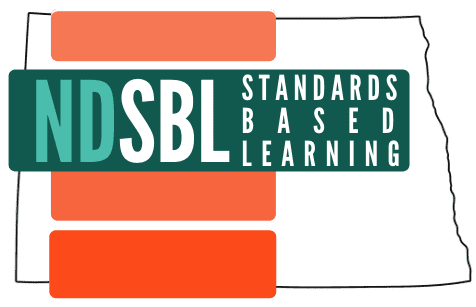Math Attributes and Clusters
( |
|---|
(CC) Counting and Cardinality
| |
(D) Data
| |
(DA) Data Analysis
| |
(EE) Expressions and Equations
| |
(F) Functions
| |
(G) Geometry
| |
(GF) Geometric Figures
| |
(M) Measurement
| |
(NBT) Number Base Ten
| |
(NF) Number Fractions
| |
(NS) Number System
| |
(O) Operations
| |
(OA) Operations and Algebraic Thinking
| |
(P) Probability
| |
(RP) Ratios and Proportional Relationships
| |
M |
|---|
MAT-MA.CMAT-MA.C
| |
MAT-MA.PMAT-MA.P
| |
MAT-MA.RMAT-MA.R
| |
N |
|---|
ND REA PrioritizedThe North Dakota Standards-Based Learning (NDSBL) team is a collaborative of Regional Education Associations (REA) the Northeast Education Services Cooperative (NESC), South East Education Cooperative (SEEC), and Central Regional Education Association (CREA), supported by the North Dakota Department of Public Instruction (NDDPI). They believe in equitable resources and learning opportunities for students and educators across North Dakota. We are passionate about high-quality curriculum, instruction, and assessment practices that help educators understand and meet their students’ needs and engage their students and stakeholders in the learning process. | |
P |
|---|
Prioritized Standards IdentifiersPrioritized Standards are those that have been identified as most essential to a particular grade level, content area, or course.Although it is still important to teach standards that are not deemed prioritized, teachers devote significant time and resources to ensuring that prioritized standards are mastered. | ||
S |
|---|
Standards Identifiers auto-linkStandards Identifiers auto-link to provide a consistent, clear understanding of what students are expected to learn. In LearnBPS, the auto-linking glossary acts like a built-in definitions of standards expectations that automatically connecting these with predefined terms to PowerSchool. | ||

